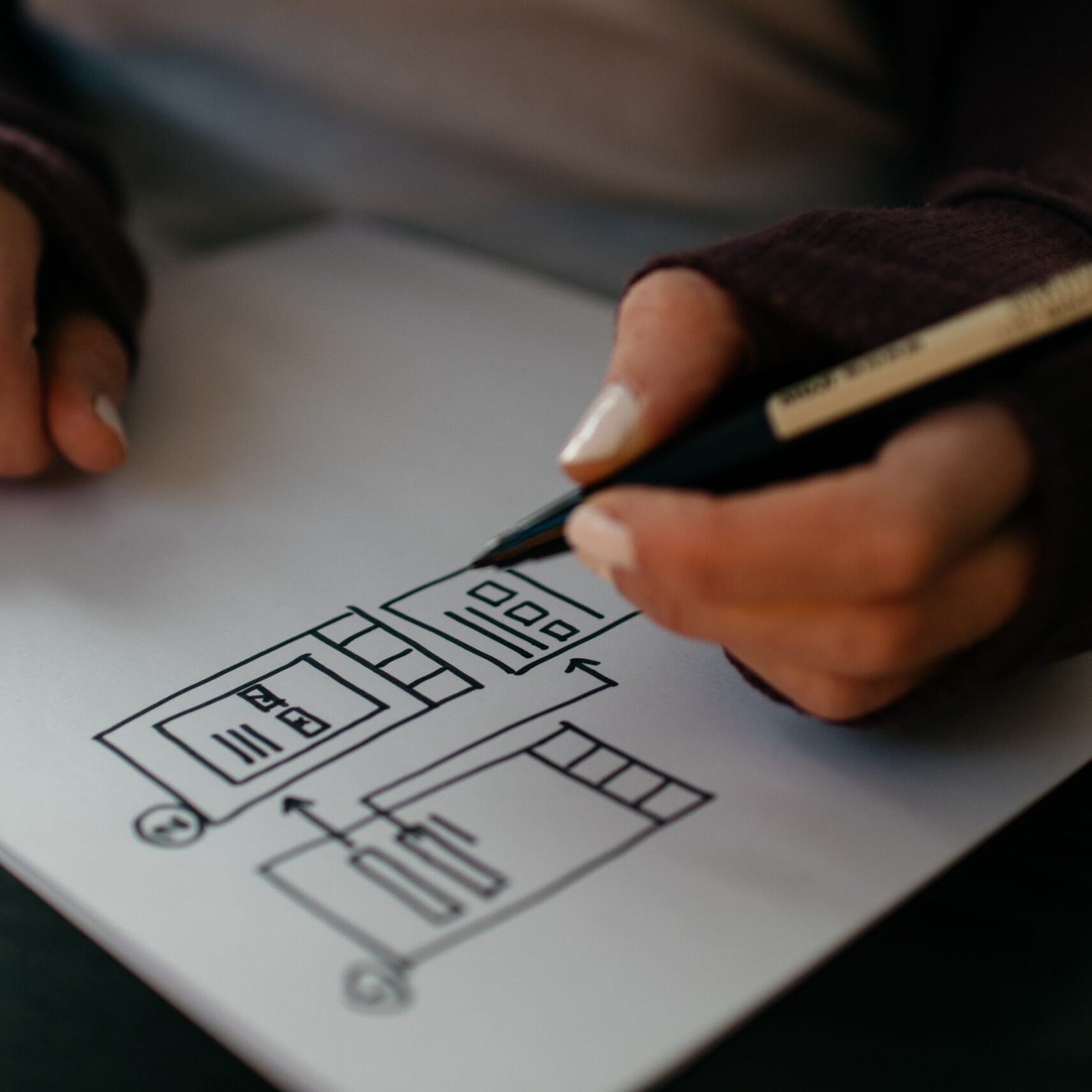Three Reasons Why Designing Intelligent Site Architecture Matters
When working with websites, most people focus on the design, content or off-page factors for search engine optimization. But website architecture is one critical aspect of web design that often gets ignored. A good user-centric design and architecture impacts conversions, the time spent on your website and search engine visibility. It may seem like a simple aspect of web design, especially if you have a small website, but making sure you design an intelligent site architecture helps in many ways.

The first obvious benefit of a good site architecture is an improvement in UX design. Making sure your website is organized makes it easier for users to find the content they’re looking for and the content they find useful. Creating well-themed categories and subcategories and assigning content to tight-knit themes is key to making this happen. Creating breadcrumb navigation can also help users immensely as it allows for a natural flow in content consumption.
Site architecture also helps boost your SEO results. By categorizing your pages into tight-knit themes, it helps the search engines understand what your website and content are about. This gives your pages more weight for the keyword terms you’re targeting. Cross-linking relevant will also help you pass link value across multiple pages. This becomes incredibly helpful if you need a new page indexed or start improving your lesser-developed pages’ rankings.
There are visible benefits to conversion as well. Whether your goal is to get users to subscribe to your newsletter, share your content on social media, or make a purchase doesn’t matter. Making sure your content is organized logically will help you achieve your conversion goals. Building a strong site architecture will help you decrease abandon rates right off the gate. It will also increase content consumption, which often leads to users taking action on your website.
But when should you start thinking about website architecture? Many companies start small, so they don’t feel the need to overthink it. This thought may seem logical, but it’s ideal to start planning your site architecture from the beginning. You can think about site architecture and your navigation as the foundation of your website in terms of how influential it will be to how your website performs.
Even if you don’t have much content, you can project what kind of content you’ll create and look at the content you have to start coming up with ideas for how everything will be organized. Undoubtedly, your website architecture will change as your site grows, but you don’t want to use that as an excuse to ignore it in the beginning. If you have a few themes, then start small. The important thing is that you set up a good foundation to expand on later.
In conclusion, website architecture needs to be taken seriously. Ignoring can hurt your search engine efforts, your user experience and your conversion goals. Working on this before the other aspects of your web design can also assist in smoothing out the design process, making it optimal to start your project with it.
Related Articles
Navigating Usability Testing for Effective UX Design
June 19, 2024
The Future of User Experience
March 18, 2023



